 On the last day of classes, December 4, the Duke community will have a very special treat: a visit from artist and certified medical illustrator Jennifer McCormick. Jennifer has been actively exhibiting and speaking about her work for several years, including a recent TEDx talk at Wake Forest University and an exhibit at the Durham Arts Council.
On the last day of classes, December 4, the Duke community will have a very special treat: a visit from artist and certified medical illustrator Jennifer McCormick. Jennifer has been actively exhibiting and speaking about her work for several years, including a recent TEDx talk at Wake Forest University and an exhibit at the Durham Arts Council.
 In Jennifer’s work as a medical illustrator, she partners with attorneys to create visualizations that explain complex injuries and medical procedures to jury members. In her fine art, however, she builds on the histories and x-rays of patients to explore “an opportunity for healing, hope, and acceptance.” Her unique pieces transform the original clinical imagery of the injury into gorgeous, natural, holistic scenes. In her artist talks, she speaks of “the power of intention” and “our forgotten superpowers” to raise awareness of the importance of art and spirituality for healing.
In Jennifer’s work as a medical illustrator, she partners with attorneys to create visualizations that explain complex injuries and medical procedures to jury members. In her fine art, however, she builds on the histories and x-rays of patients to explore “an opportunity for healing, hope, and acceptance.” Her unique pieces transform the original clinical imagery of the injury into gorgeous, natural, holistic scenes. In her artist talks, she speaks of “the power of intention” and “our forgotten superpowers” to raise awareness of the importance of art and spirituality for healing.
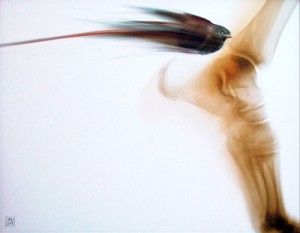 Jennifer will join us for the final Visualization Friday Forum of the semester. It will be an opportunity for visualization enthusiasts, clinicians, medical imaging specialists, legal scholars, and those interested in the intersection between health and art to gather together for a presentation and conversation. The talk will occur in the standard time slot for the Visualization Friday Forum — noon on Friday, December 4 — but the location is changing to accommodate a larger audience. For one week only, we will meet in Duke Hospital Lecture Hall 2003.
Jennifer will join us for the final Visualization Friday Forum of the semester. It will be an opportunity for visualization enthusiasts, clinicians, medical imaging specialists, legal scholars, and those interested in the intersection between health and art to gather together for a presentation and conversation. The talk will occur in the standard time slot for the Visualization Friday Forum — noon on Friday, December 4 — but the location is changing to accommodate a larger audience. For one week only, we will meet in Duke Hospital Lecture Hall 2003.
The Visualization Friday Forum is sponsored by the Duke University Libraries (Data and Visualization Services), Duke Information Science + Studies (ISS), and the DiVE group. Jennifer’s visit will also be sponsored by the Trent Center for Bioethics, Humanities & History of Medicine and Duke Law – Academic Technologies.
We are so excited Jennifer has agreed to travel to Duke for a visit. Please mark your calendars for this event. If you would like to speak with Jennifer about medical illustrations or the intersection between medicine and spirituality, please contact Angela Zoss.


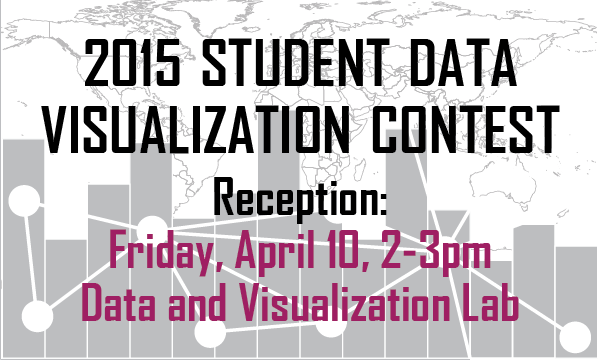


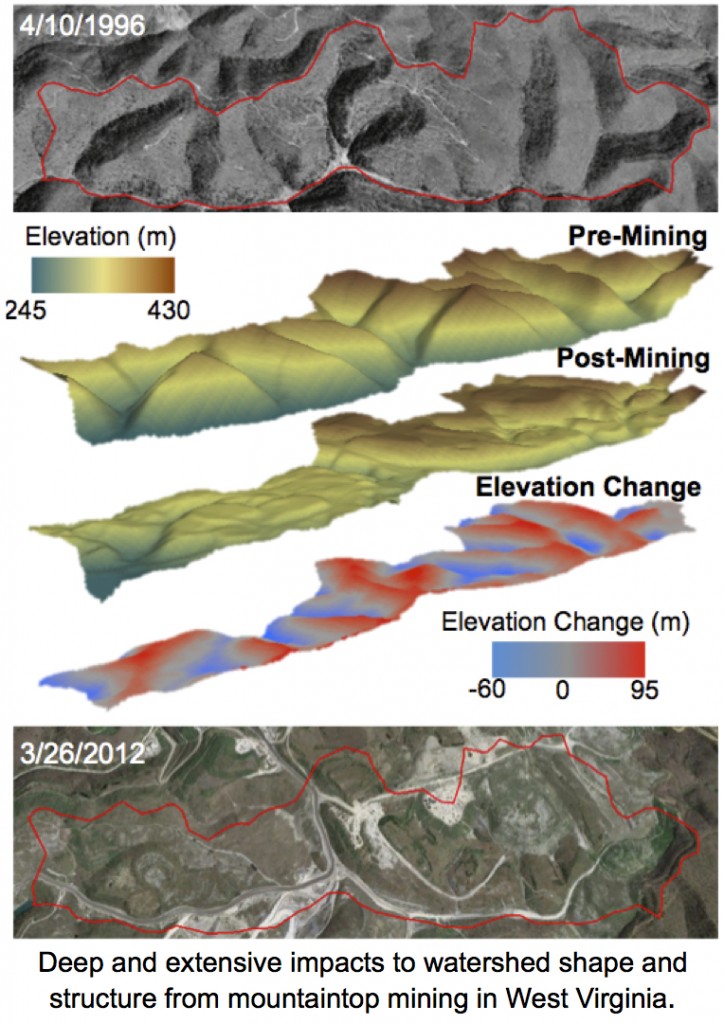
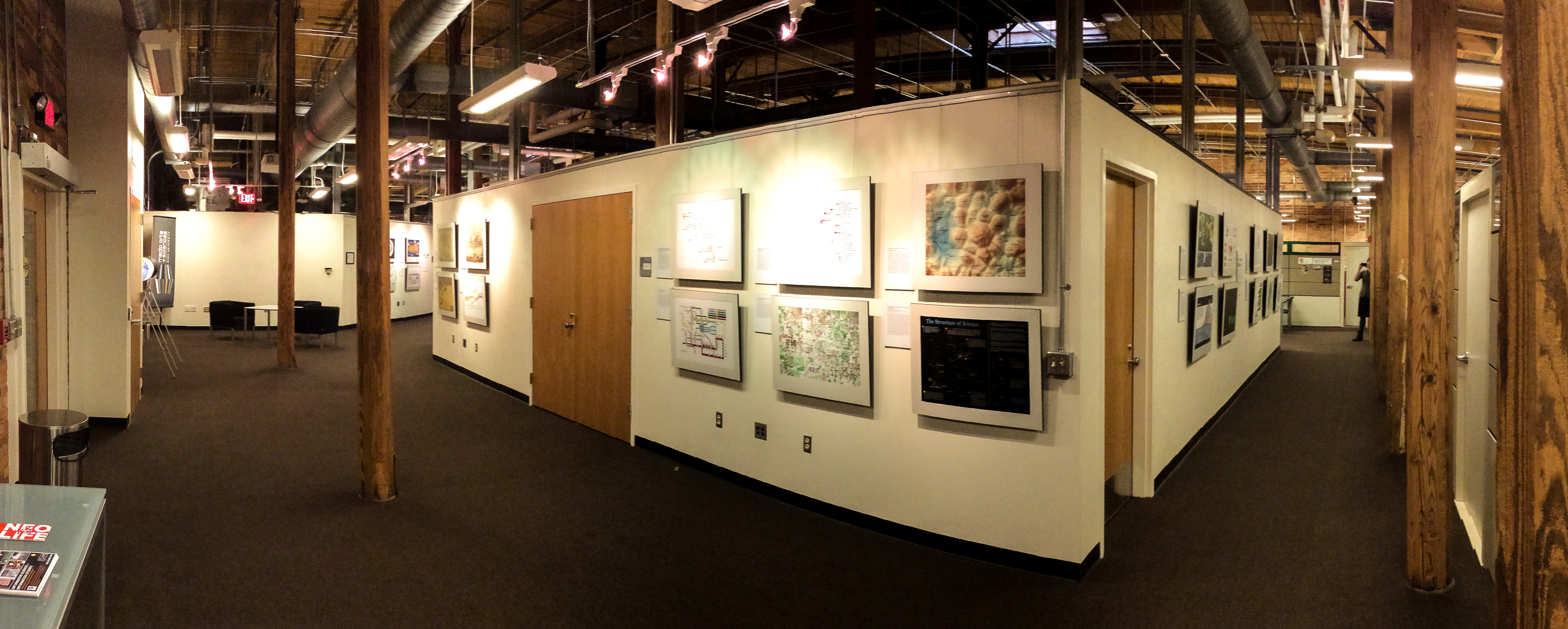
 This semester, Duke is proud to host the
This semester, Duke is proud to host the 


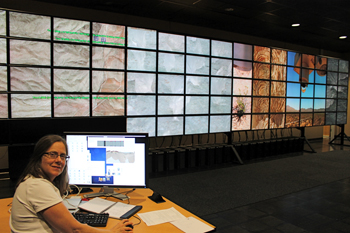

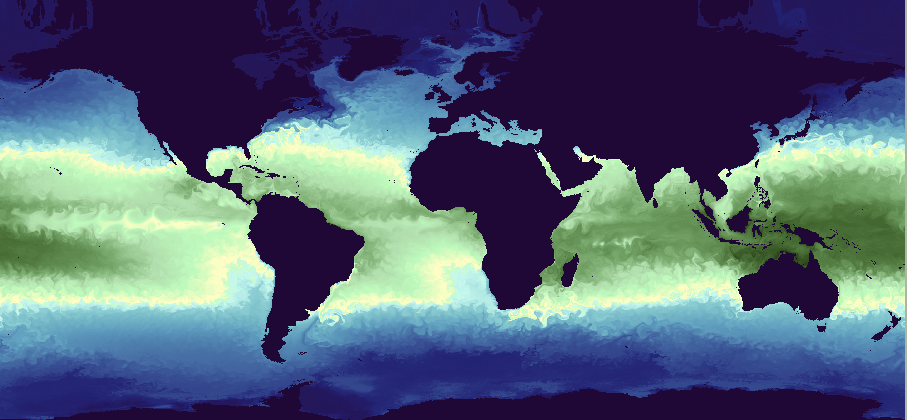
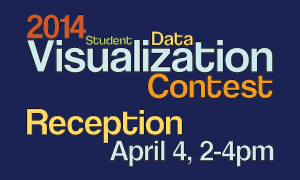



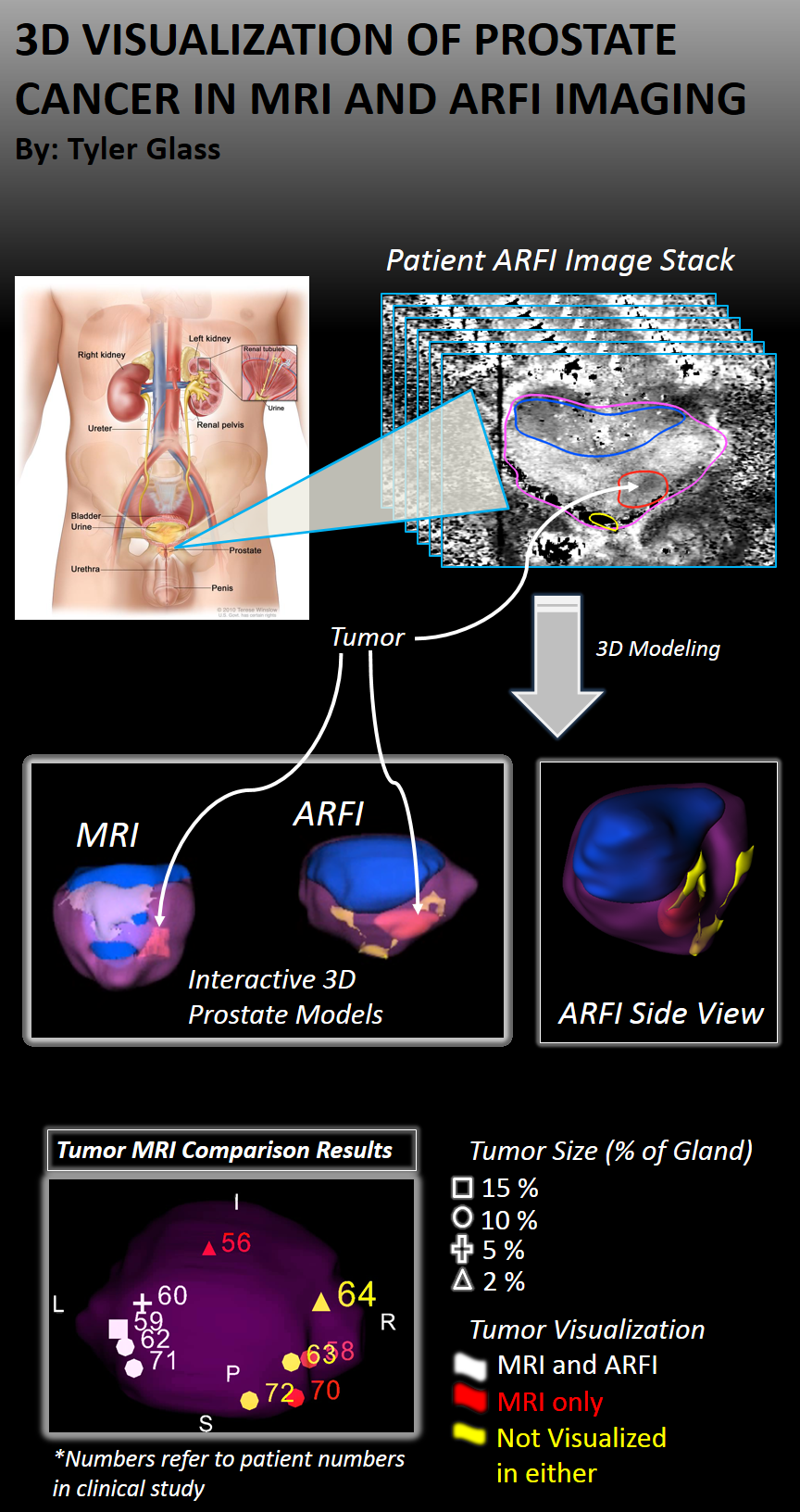

 On Friday, October 4, Dr. Christopher G. Healey will visit Duke University to speak at the
On Friday, October 4, Dr. Christopher G. Healey will visit Duke University to speak at the  On Thursday, April 4 and Friday, April 5, Duke University will host a visit from
On Thursday, April 4 and Friday, April 5, Duke University will host a visit from  Exploring Text Entities
Exploring Text Entities Visualizing Semantics in Passwords
Visualizing Semantics in Passwords Bubble Sets: Revealing Set Relations with Isocontours over Existing Visualizations
Bubble Sets: Revealing Set Relations with Isocontours over Existing Visualizations

 DocuBurst: Visualizing Document Content using Language Structure
DocuBurst: Visualizing Document Content using Language Structure